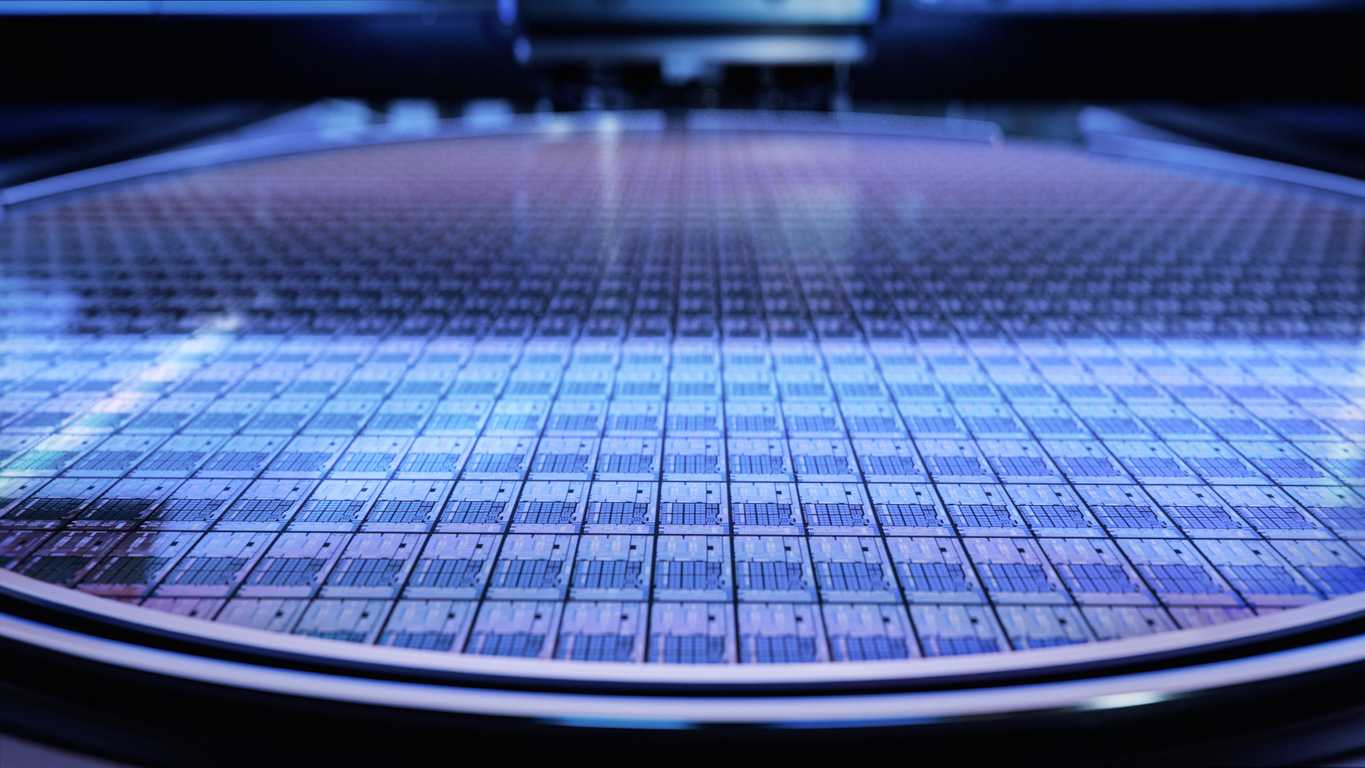Key Takeaways
- A new study from Tokyo University of Science develops a selective synthesis method for coordination nanosheets.
- Colloidal solutions of NiDT and NiBHT are created and demonstrate catalytic potential for hydrogen evolution.
- The introduction of a second metal alters the electrical properties, enabling the synthesis of new heterometallic materials.
Innovative Nanosheet Synthesis
Researchers at Tokyo University of Science have published a significant technical paper titled “Rationally Engineered Heterometallic Metalladithiolene Coordination Nanosheets with Defined Atomic Arrangements.” This work focuses on coordination nanosheets, which are 2D polymers constructed from coordination bonds between metal ions and planar organic molecules. These structures are known for their remarkable electronic and chemical properties, making them ideal candidates for various applications.
The researchers explored the synthesis of these nanosheets through a two-phase interfacial reaction involving metal ions and benzenehexathiol (BHT). Notably, they identified that nickel ions lead to the formation of two distinct structures: porous NiDT (Ni3BHT2) and nonporous NiBHT (Ni3BHT). A challenge in this domain has been the lack of a rational method for selectively synthesizing these two structures. However, this study innovatively addresses that issue.
By manipulating the ratio of BHT to metal ions within a single phase, the team successfully achieved selective synthesis of both NiDT and NiBHT colloidal solutions. These colloids exhibit promising qualities as catalysts for hydrogen evolution when coated onto electrodes. Among the synthesized structures, NiDT shows superior catalytic activity compared to NiBHT.
In addition to nickel, the research also produced colloidal solutions of copper (CuBHT) and zinc (ZnBHT). Furthermore, the team synthesized new nonporous materials, such as NiCu2BHT and NiZn2BHT, by infilling the pores of NiDT with additional metals alongside BHT. This dual-metal approach significantly enhances electrical conductivity, revealing an important advancement in the field.
Moreover, the findings demonstrate a novel method for transforming NiBHT into NiCu2BHT through a transmetallation reaction, paving the way for new applications of coordinated nanosheets in various domains.
The implications of these findings are substantial, as they not only advance the understanding of coordination nanosheets but also offer potential pathways for future research and technological applications involving these unique materials. The full technical paper can be accessed for more in-depth insights.
The content above is a summary. For more details, see the source article.















